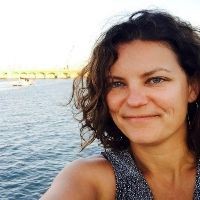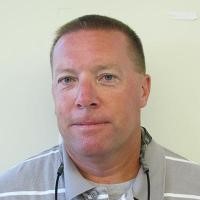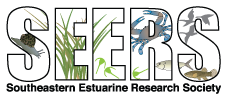Webinar: Refining Techniques for High-Frequency Monitoring of Chlorophyll
April 19, 3:30-4:30 PM EDT : Many estuaries across the country experience nutrient pollution and algal blooms, which degrade water quality for people and other aquatic life. Carefully tracking chlorophyll ɑ concentrations – a proxy for phytoplankton biomass – can help managers track the patterns and drivers of algal blooms and eutrophication in estuaries but, to date, technological barriers have limited monitoring to monthly measurements, which may not be enough to track plankton dynamics that fluctuate hourly. Last year, a catalyst project enabled 13 reserves nationwide to develop, test and share standardized protocols for using new YSI EXO Total Algae fluorometric sensors mounted on existing monitoring stations. In this webinar, team members will share how they: 1) assessed the performance of the new sensors; 2) identified sources of sensor interference and developed correction equations; and 3) created and shared tested protocols and recommendations for the Reserve System. Read more about the speakers below, and register here: https://nerrssciencecollaborative.org/webinar-series.

Nikki Dix has served as Research Coordinator at the Guana Tolomato Matanzas National Estuarine Research Reserve (GTM NERR) since 2013. She has a Ph.D. from the University of Florida where she was supported by a NERR fellowship to study responses of plankton and oysters to eutrophication in the GTM estuary. As Research Coordinator, Nikki establishes research priorities and oversees long-term monitoring in the context of regional, state, and national objectives. Nikki also facilitates activities of visiting researchers and works to develop collaborations between, scientists, managers, educators, and the public.

Erik Smith is the Manager of the North Inlet – Winyah Bay National Estuarine Research Reserve (NI-WB NERR) and has previously served as its Research Coordinator. He received a Ph.D. from the University of Maryland and has active research interests in estuarine ecology, carbon and nutrient biogeochemistry, and the influence of terrestrial runoff on coastal water quality.

Hannah Ramage is the Monitoring Coordinator at the Lake Superior National Estuarine Research Reserve (LKS NERR) where she oversees field operations, manages the Reserve’s laboratory, summarizes and analyses water quality data, and supports undergraduate researchers. She has served in this role since 2017 after receiving her MS in Integrated Biological Sciences from University of Minnesota, Duluth. She is particularly passionate about building and sustaining research and community collaborations around water quality issues in the St. Louis River Estuary.

Dwayne Porter directs the NERRS Centralized Data Management Office (CDMO), whose activities include serving as the coordinating entity for Science Collaborative data management activities. The CDMO supports teams in achieving long-term data access and archival requirements. Dwayne’s research interests include exploring and expanding the increasingly important roles that technology and technological innovations play in monitoring, assessing, modeling and managing our coastal environmental resources and associated environmental and public health issues.


